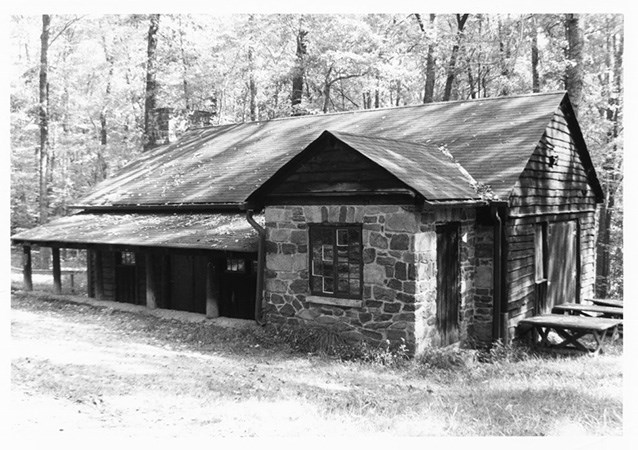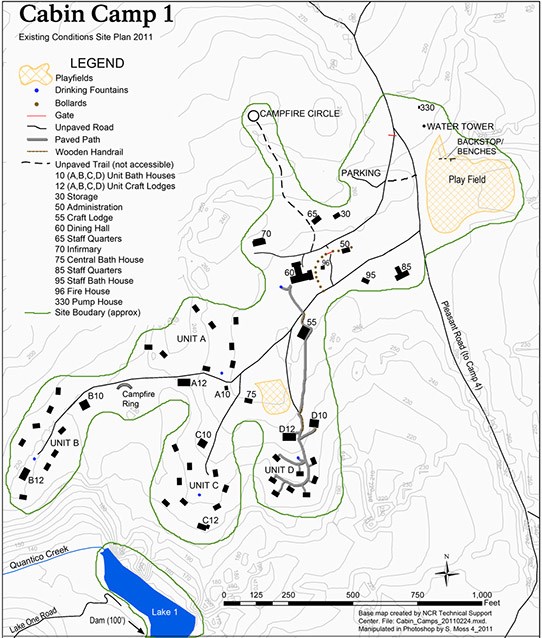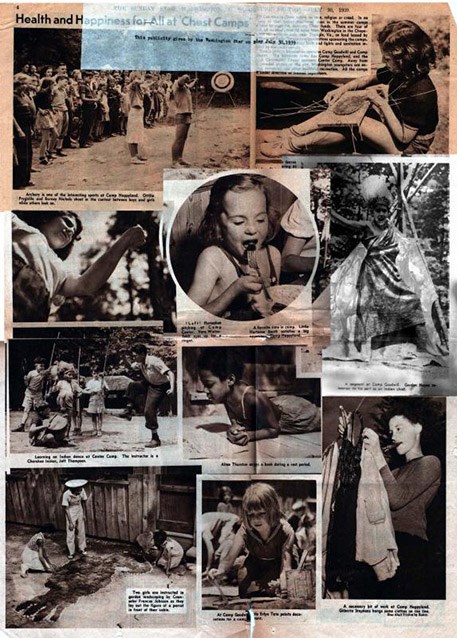Last updated: October 14, 2021
Article
Cabin Camp 1 Cultural Landscape

NPS (National Register of Historic Places)

NCR
In 1938, it was commonly known as Camp Lichtman for its sponsor Abe E. Lichtman, a well-known philanthropist, and used by the 12th Street branch of the Washington, DC YMCA, the first black YMCA in the country. In 1942, use of the camps were transformed when the nation’s first intelligence agency, the Office of Strategic Services (OSS) established training facilities at Chopawamsic. The OSS winterized the park structures, improved kitchen facilities and built additional buildings to accommodate their needs. For security reasons, Chopawamsic was closed to the public. By October of 1945 the OSS vacated CC1. Camp activities resumed the following summer and the park was renamed Prince William Forest Park (PRWI) in 1948. Most of the RDAs became state parks.

NPS
A comprehensive National Register nomination for Prince William Forest Park was approved in 2012. It also finds CC1 significant for Criteria A, C and D. The period of significance is 1935, the year Chopawamsic RDA and CCC Camp SP-22 were established, to 1945, the year that the OSS left Chopawamsic.
Several structures have been replaced with modern structures overtime. However, contributing features generally date to the primary planning/CCC era of the camp and retain integrity in all seven aspects recognized the National Register.
Quick Facts
- Cultural Landscape Type: Vernacular
- National Register Significance Level: National
- National Register Significance Criteria: A,C,D
- Period of Significance: 1935-1945
